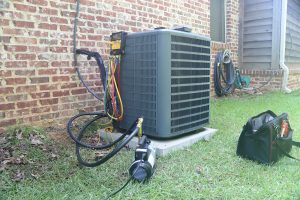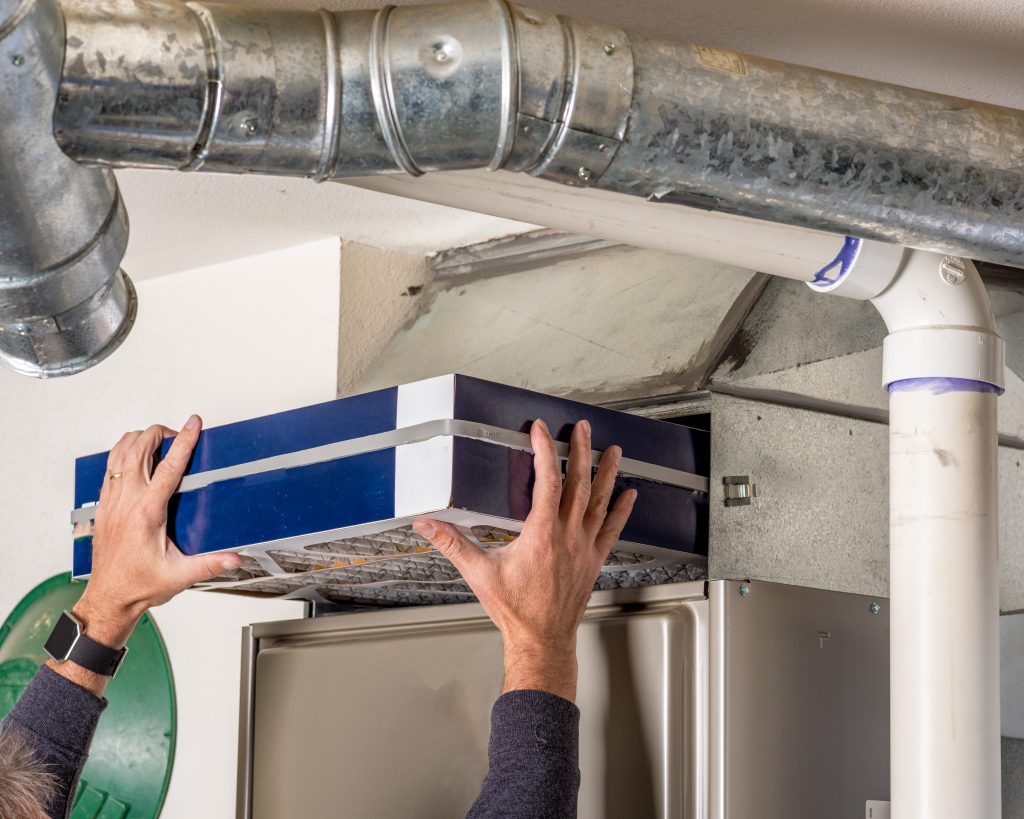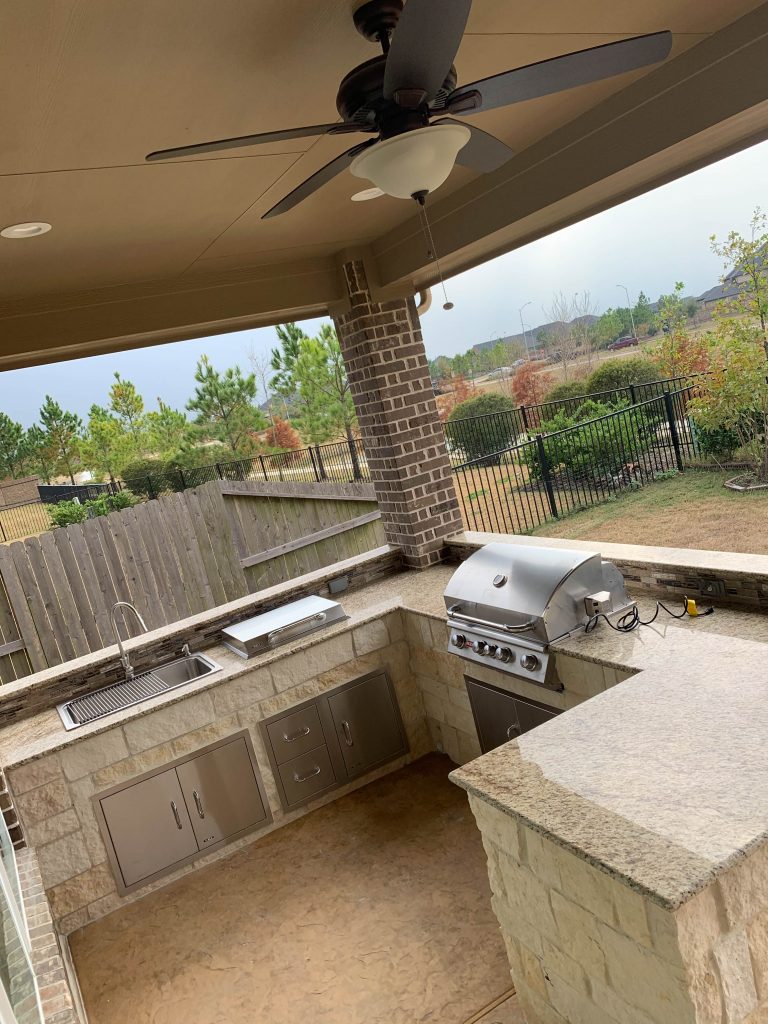
Fall is officially upon us, which means that the weather will begin to take on a chill. While many people welcome this season, it also means that winter is right around the corner and it’s time to make sure your HVAC system is ready for the cold months of the year to do its job. If you need it, you want to be sure that you have the heat you need, and avoid breakdowns at the worst possible time.
Let’s find out some tips, tricks, and tactics to make sure you’re prepared for the cold months and learn how to plan your HVAC for fall and winter.
Prepare a fall heating system We would all like to believe that when we need it our furnace would work and keep our house warm throughout the winter. It’s not that easy at times. Nonetheless, the good news is that it is not difficult to keep the heating system in good working order. Like any complicated piece of equipment, it needs regular basic maintenance, some of which you can do on your own, and some of which will require a prompt visit from a professional.
Replace Your Air Filter Four times a year, every three months, your furnace air filter should be replaced. The change of seasons is a good way to remember this. Whenever a new seasonal change occurs, change the air filter at an equinox or solstice. Make it part of the marking of those improvements in your annual plan. This will help maximize the performance of your process.
Not only does a dirty air filter make the system work less effectively. It also makes it much harder to strive for a similar result, which can ultimately create serious problems as it will inevitably wear out of overworking. It will increase your utility bills and replacing a broken system could cost thousands.
Turn the thermostat down Another trick is to turn the thermostat down. Only turn it down one or two degrees; you’re not likely to notice the difference, but your furnace is going to! Your utility bills may decrease by up to 2 percent per month per degree, and it will contribute to your HVAC system’s efficiency by making it less difficult to achieve the desired outcome. You can always pick up a blanket with a loved one for extra warmth and cuddle!
Turn it down even further when you’re going to be away, at work, or out of town. When you’re not home, a programmable thermostat can let you set the temperature as low as you like and then automatically lift it when you’re on your way. This keeps down your utility bills while allowing you to stay comfortable all the time!
Sealing Leaks One of the leading causes of high utility bills and overworked furnaces is Draughty windows and doors. The goal is not only to heat your home but to stop disrupting cold air. Any holes or cracks that you have will release warm air while allowing cold air to creep in. It forces your furnace to work even harder to keep up, not only raising your utility bills but also creating an excessive energy waste in a world where every day living green becomes more important.
In most situations, when sealing your house you don’t need to go overboard. A couple of bucks spent in stripping and caulking the weather can go a long way. Take a few minutes before it gets too cold to check out your chimney and roof and make sure your shingles are in good shape and schedule early repairs.
Clean Your Gutters and Chimney While we are on the subject of cleaning your roof and chimney, clean your gutters to get rid of falling leaves and other debris that could obstruct and damage your drainage systems, allowing water to flow into the building. To ensure that everything is properly aligned, wash the debris and flush the gutters with water.
Make sure that the chimney is clean if you have a fireplace in your home. A filthy chimney, or one clogged with the nests of birds or other impairments, can not only increase the utility bills, but it can also be harmful. A blocked chimney constitutes a fire hazard and increases the risk of building up carbon monoxide.
Check the Outside Unit Check it out before it gets too cold if you have a heat pump or other external unit. Make sure it is not damaged and that there is no debris that obstructs or interferes with its work. Turn off the power, rinse soil, branches, leaves and other yard debris that may have collected over the months, and watch for more severe damage that may need repairs.

Check Your Ductwork Your ductwork is likely to be found either in your attic or basement (sometimes both) and is your home’s gateway to heating and cooling. If your ducts are not properly sealed, prepared and organized, you can lose up to 20 percent of the airflow that regulates your home temperature. You can save well over $100 per year on your energy bills by making sure your ducts are closed.
Clear Your Heating Vents Eventually, check all of your home’s heating vents and exchanges to make sure they’re not blocked. In order to keep your home hot, a blocked heating vent can prevent the required air circulation. This will also make your furnace work harder than it needs, and generate fire hazards by overheating your furnace.
Smoke detectors and carbon monoxide detectors in your alarms are important safeguards in any home. You should also test the batteries in your alarms if you switch the filters in your furnace. Therefore, smoke and carbon monoxide detectors should be updated every ten years to ensure that you always have the most efficient technology available.
Simply press the “check” button on the front to test your alarms. If it clicks, it’s great for your battery. It’s time for new batteries if it doesn’t!
Check your device before it gets too cold, check your furnace. Just turn it on, turn it on, and make sure it turns on, blowing hot air. It might take a few minutes to actually kick on the first time you activate your machine for the year. That’s just because it’s been sitting idle for months and getting back into the swing of things. If it doesn’t turn on, you know that before the weather gets too cold you need to get service!
It is a good idea to have your machine serviced at least once a year. Call your Baytown HVAC specialist when the fall months come to get them in and do a thorough inspection and cleaning of your entire system. We will make sure that the machine is not clogged with dust, grime or toxins, we will test the filters, and they will ensure that all parts move and work properly.
They’re going to turn on the power and let it run for a bit to make sure it works all right. If you notice a dusty odor or ozone, don’t panic. That’s usually because, after months of sitting idle, it cleans out the process. This is important as long as it blows heat with a strong air stream. As needed, the technician can perform any Heating and Cooling repair you need. They can also clean your air ducts and tend to any major repairs that you may need.

